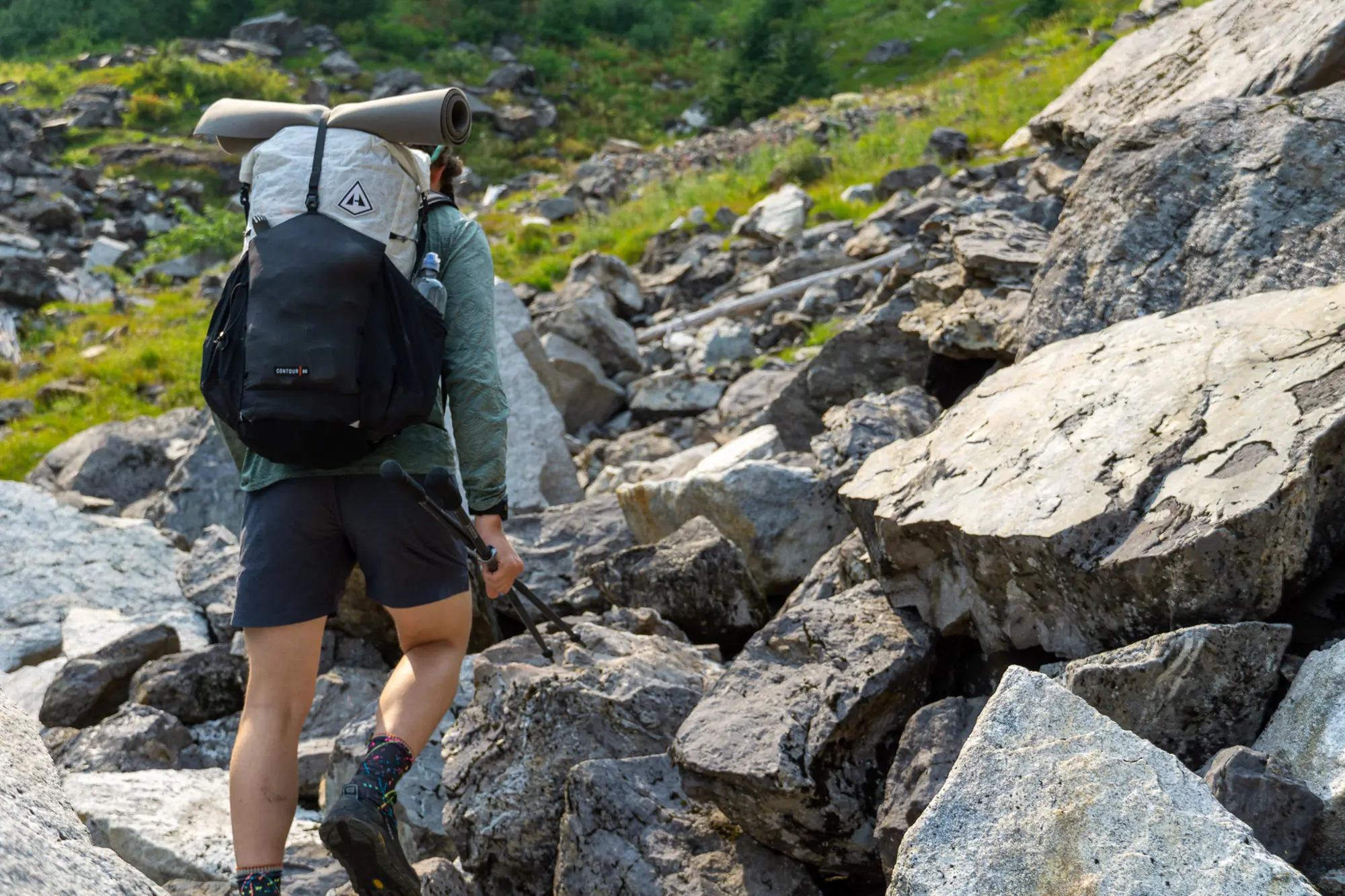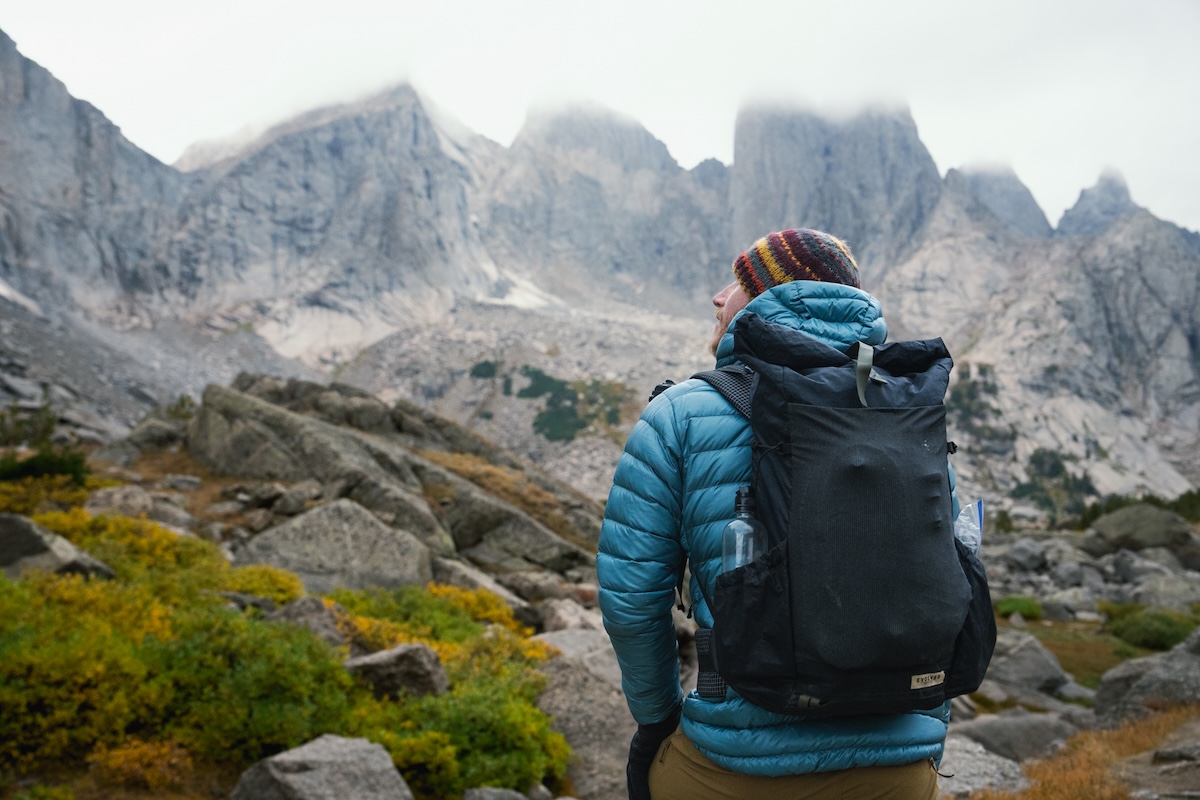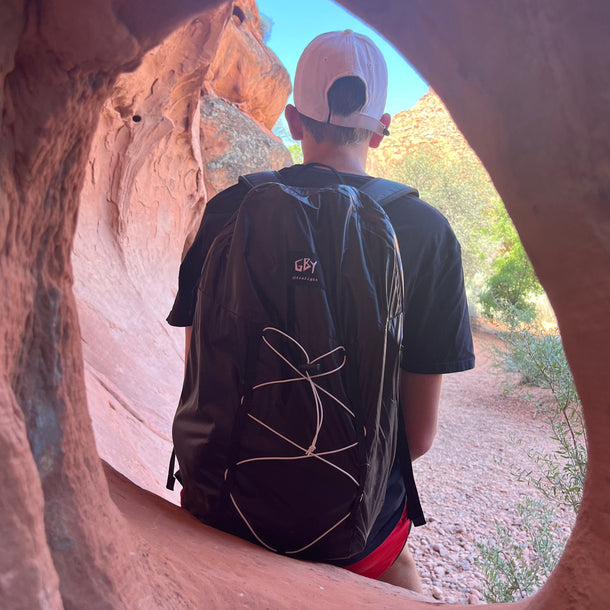Introduction
On the approach trail, every ounce matters. A heavy pack filled with rope, cams, shoes, and gear steals energy before you even reach the crag. But a thoughtfully engineered climbing pack with ultralight strength can shift the balance: less fatigue, more focus, more confidence in each move. Whether you’re an alpine climber, a trad addict, or a weekend cragger, the principles that underlie top-tier ultralight gear also apply to urban and travel use. This post will walk you through material tradeoffs, design features, and real-world tips for selecting a climbing pack that’s both light and durable.

Why Ultralight Strength Matters (H2)
-
Performance under load — The less your pack weighs, the more energy you conserve for technical sections.
-
Flexibility and agility — A light, minimally structured pack sits closer to your body, reducing swing or imbalance.
-
Dual-use potential — Many climbers double their packs for other uses (travel, commuting). The same strength-to-weight ideal applies.
-
Durability expectation — Climbing exposes packs to abrasion, heavy gear, rocks, rope drag — ultralight doesn’t mean fragile if engineered well.
Core Material & Construction Principles (H2)
Understanding the building blocks helps you make smart tradeoffs. Let’s look at key components.
H3: Fabric & Tensile Strength
-
High-tenacity ripstop nylon (e.g. 210D or lighter variants) is standard for its strength-to-weight balance.
-
Composite or laminated fabrics (e.g. Dyneema Composite Fabric, or DCF hybrids) push the envelope further — excellent strength with lower weight.
-
Reinforcements (grid patterns, dobby weaves) on high-stress zones (bottom panel, corners) prevent premature wear.
H3: Seams, Reinforcements & Zippers
-
Bar-tacked corners, box-reinforcements, and taped seams reduce stress at junctions.
-
Choose quality zippers (YKK or equivalent) with abrasion-resistant tapes.
-
Overlapping edges and binding (such as nylon or webbing binding) shield raw fabric edges from friction.
H3: Structure vs. Flexibility
-
Some ultralight packs omit frames entirely; others incorporate minimal stays (aluminum, carbon rods) for load shaping.
-
A flexible pack with clever load compression often performs better than a rigid pack in tricky terrain.
-
Look for balanced stiffness—not floppy, not rigid.
H3: Weight Distribution & Stability
-
Compression straps stabilize shifting loads.
-
External lash points should be robust and positioned to avoid interference during movement.
-
Balanced load layout (heavy items close to the back, lighter outward) reduces torque on your torso.
What to Prioritize: Design Features That Count (H2)

Here are actionable design features and tradeoffs you’ll want in your ideal climbing pack.
| Feature | Why It Matters | What to Check |
|---|---|---|
| Access configuration | Top-loading, panel loading, or zip access affects speed and organization | Try mock loading/unloading |
| Rope carry / lash loops | Many climbs demand external rope carry | Loops must be strong, reinforced, and strategically placed |
| Gear attachment points | For cams, helmet, shoes, etc. | Should be strong, well positioned, not obstructive |
| Hipbelt & harness integration | Helps offload weight from shoulders | Adjustable, padded, and lightweight |
| Ventilation / back panel | Long approaches + sweat management | Mesh channels, breathable fabrics help |
| Rain / weather protection | Even “dry days” can surprise | Water-resistant fabrics and zipper seals |
How Ultralight Strength Improves Climbing Experience (H2)

-
Reduced approach fatigue — Every 100 g removed feels bigger on rough trails or scree slopes.
-
Better balance on technical terrain — A lighter, fitted pack helps maintain center of mass in awkward moves.
-
Easier transitions — Less bulk means quicker gear access and faster transitions.
-
Less wear, longer life — Thoughtful design avoids overuse damage; you’re less likely to overload stress points.
Examples & Perspective (H2)
Although GBY Ultra currently emphasizes urban and travel packs like the Ultralight Laptop Day Pack (12.8 oz, water-resistant, protective) Backpackies, the same philosophy translates to climbing applications. A climbing pack built on that engineering mindset could adopt:
-
Lightweight ripstop / waterproof fabrics
-
Strategic reinforcement zones
-
Minimal but strong attachment systems
-
Clean internal layout for load stability
The crossover exists: many climbers and minimalist travelers praise lighter packs in discussion forums. For example:
“So far I’m liking the GBY ultralight laptop bag … it clocks in under a pound.” Reddit
And external gear-review communities underscore the importance of strength-to-weight metrics in pack design (see OutdoorGearLab or Backpacker magazine reviews).
Packing & Use Tips for Climbers (H2)
-
Kit with intention: lay out all gear, then cull non-essential items.
-
Modular packing: use stuffsacks or gear pockets to isolate cams, slings, or ropes.
-
Edge protection: bag sharp gear (carabiners, nut tools) so edges don't rub your fabric.
-
Dynamic lash spacing: set lash loops so rope coils, shoes, or tarps don’t interfere when worn.
-
Regular inspections & repair: check seams and binding after tough outings; reinforce early.
Key Takeaways
-
A great climbing pack marries ultralight strength with smart design, not just low weight.
-
Focus on fabric quality, seam reinforcement, stability features, and intelligent layout.
-
The same minimalism and materials philosophy behind GBY Ultra’s urban bags can guide rugged climbing pack design.
-
Smart packing habits and careful use amplify longevity and performance.
Ready to experience the freedom of ultralight strength? Explore the full GBY Ultra collection—where intentional design, lightweight materials, and lasting performance come together. Start your journey with gear built to go far, light.








